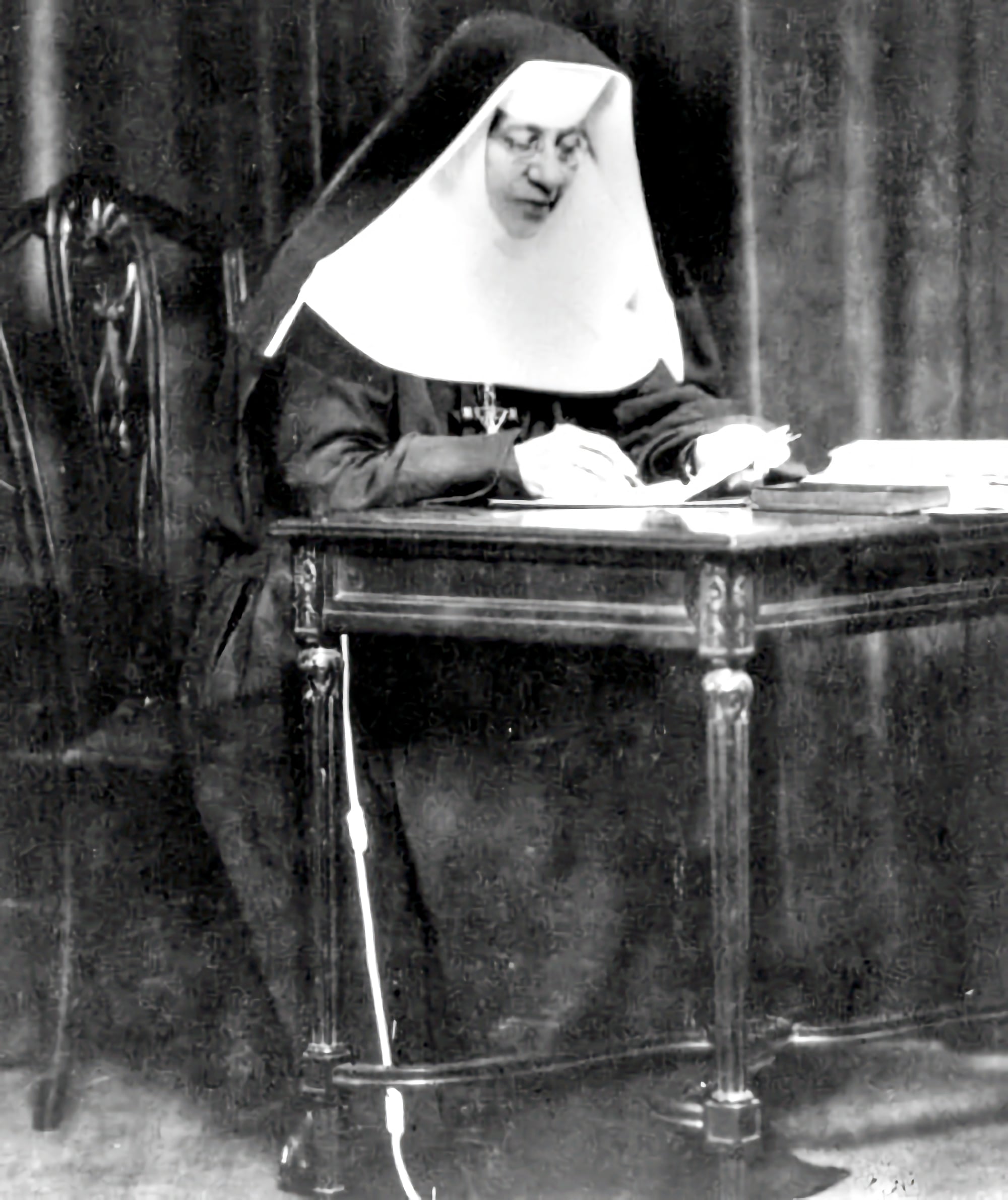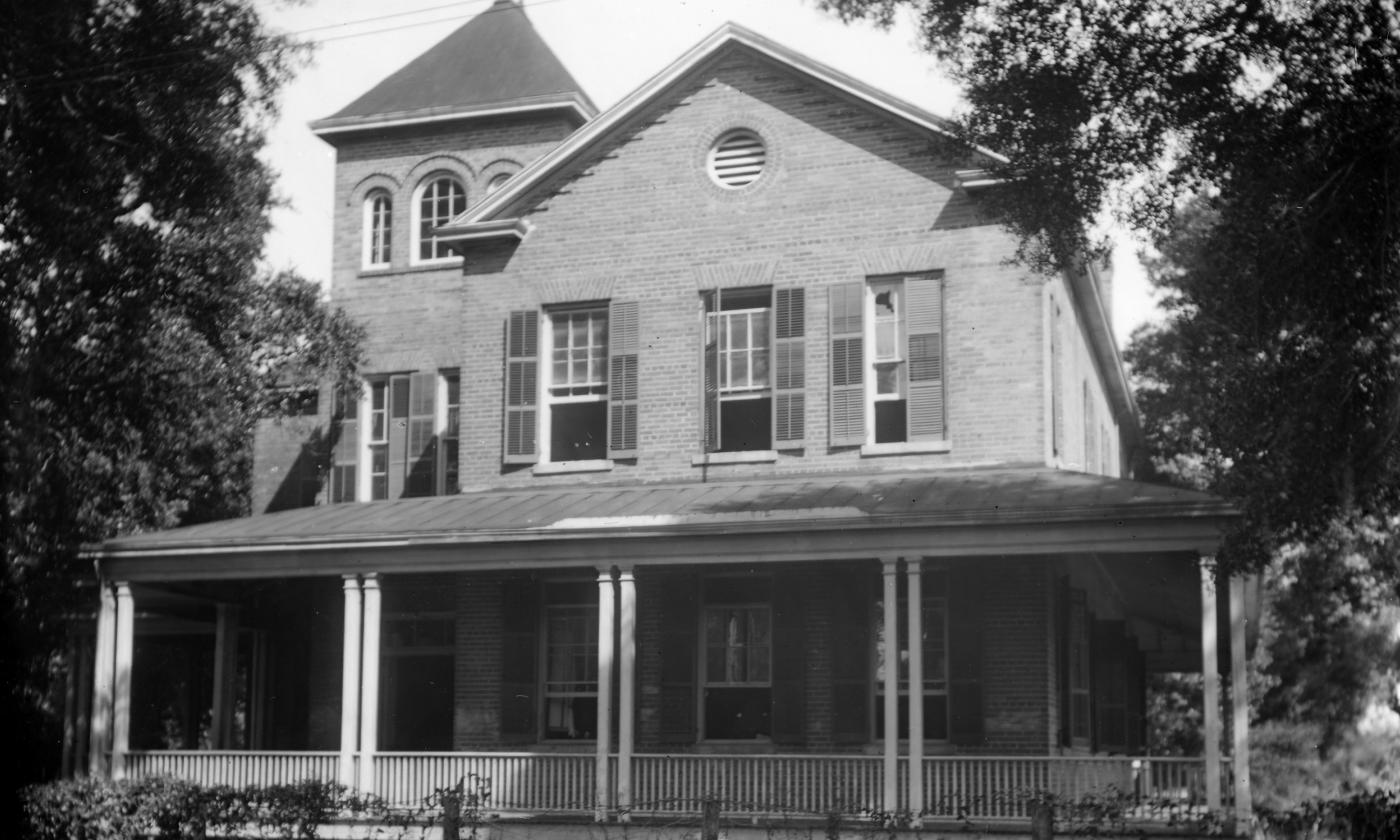St. Benedict the Moor Catholic School
St. Benedict the Moor Catholic School
Educating Black People in America
Before Emancipation, African Americans were denied access to formal education. After the Civil War, the ability to read and write became a symbol of freedom, and many Black individuals viewed education as a path to safety and security in their communities.
However, forming schools after the Civil War was difficult due to a shortage of teachers and funding. Local Whites often refused to sell or rent property to African Americans, making it hard to find school buildings.
The Sisters of St. Joseph
The Sisters of St. Joseph are a religious order whose origins lie in France, circa 1650. They have since developed into the worldwide Centre National Saint Joseph.
St. Augustine's Sisters of St. Joseph arrived in 1866. Eight Sisters, ranging from 21 to 41 years old, traveled to Florida from Le Puy, France.
Invited by Bishop Augustine Verot, their original mission was to educate the Black residents in the area. The Sisters' mission of education soon expanded to include ministering to both White and Black communities.
Saint Cecelia's Catholic School
In September of 1883, the Sisters of St. Joseph established a "select" school for Black children on the third floor of the Sisters of Mercy’s former convent. (This school was referred to as "select" because it was the nicest classroom the Sisters had ever used.) It came to be known as Saint Cecilia's School.
In 1892, Bishop John Moore bought a portion of the Yallaha Plantation in today’s Lincolnville Historic District with a plan to build a new school and church for St. Augustine's Black children.

Founding of St. Benedict the Moor Catholic School
Several years later, in 1914, St Benedict the Moor Catholic Church was built on the same property as Saint Cecilia’s. The school soon changed its name to Saint Benedict the Moor School.
Every year, St. Benedict the Moor School served 90 to 110 students, most of whom were not Catholic. The Sisters taught grades one through eight to generations of Black St. Augustinians
Sisters Arrested for Teaching Black Students
On Easter Sunday of 1916, three Sisters of St. Joseph were arrested for violating Florida House Bill 415, which prohibited White teachers from teaching Black students.
Legal proceedings led to the Sisters' release, with the judge ruling that the unconstitutional law did not apply to private schools such as St. Benedict.
The St. Augustine Civil Rights Movement (1951-1968)
Many students from St. Benedict, including Mrs. Janie Price and Mrs. Barbara Vickers, grew up to become activists and community leaders during the Civil Rights Movement.
In the Summer of 1964, Dr. Martin Luther King Jr. and other representatives of the Southern Christian Leadership Conference (SCLC) visited the St. Benedict Rectory, located between the St. Benedict Church and School.
St. Benedict Closes Its Doors
Following the 1964 Civil Rights Act, desegregation led to the closure of Black schools, including St. Benedict.
Federally enforced integration meant that businesses and schools would be open to people of all races and ethnic groups. Despite the new law, many Black people were met with hostility and were made to feel unwelcome in these spaces.
Since its founding, St. Benedict did not require their students to be Catholic.
However, when schools integrated, the Sisters closed Saint Benedict and moved to the Cathedral Parish School (CPS).
Unfortunately, enrollment at CPS required students to be Catholic, leaving many former St. Benedict students unable to continue their education with the Sisters. Some families had been attending for generations.
As a result, many non-Catholic students had to enroll in public school for the first time.
St. Joseph Neighborhood Center Founded, 2022
After its closing in 1964, St. Benedict sat untouched until 2006, when the Friends of St. Benedict started a campaign to replace the roof and stabilize the walls.
On January 10th, 2022, the Sisters of St. Joseph were called back to St. Benedict the Moor Schoolhouse. They saw beyond the rubble and envisioned the possibilities of returning the school to a place of ministry and community.
In its new 21st-century life, the school building will become the St. Joseph Neighborhood Center. There, the Sisters will offer professional, personal, and spiritual resources to single mothers, aiming to help them develop a healthy work-life balance.
The project — a collaboration between the Diocese of St. Augustine and the Sisters of St. Joseph — will restore the St. Benedict the Moor School building.
Resources
Online Resources
St. Joseph Neighborhood Center
Official Website / Official Facebook
Sisters of St. Joseph of St. Augustine
Official Website / Official Facebook / Official YouTube
"St. Benedict the Moor Catholic School," blog post from the Governor's House Library.
Florida Black Heritage Trail PDF, from Archive.org.
"Now and Then," blog post from the St. Augustine Historical Society.
"Repurposing St. Benedict the Moor School to aid women," article from St. Augustine Catholic Magazine.
Black Education Timeline from the Harvard Library.
"Black Catholic Heritage" plaque text from the Historical Marker Database.
"St. Katharine Drexel," bio overview from the Sisters of the Blessed Sacrament.


